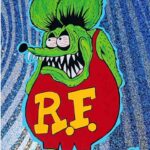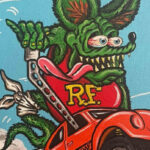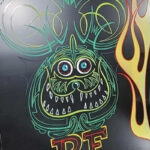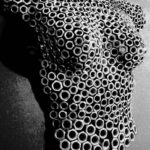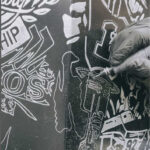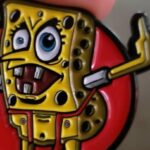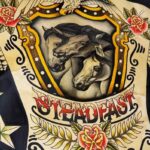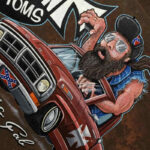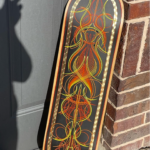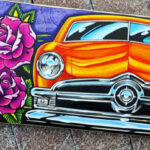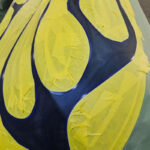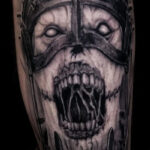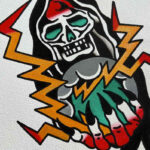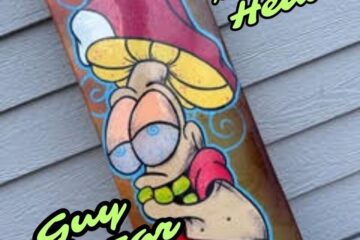The Theme is Kustom Kulture. Artists competing for the Daytona 2024 Flying Piston Benefit “Art on Deck” are creating skate decks with an old-school Kustom Kulture design.
Kustom Kulture refers to an American subculture that emerged in the 1950s and encompasses various art forms such as hot rod cars, motorcycles, and tattoo art. Artists that represents this style of art include Ed “Big Daddy” Roth, Von Dutch (Kenny Howard), and Robert Williams.
Winners – The winning 2024 Art on Deck Artist receives $200 in prize money. Each deck will be auctioned off at the silent auction at the Flying Piston Benefit during Daytona Bike Week on Monday, March 4, 2024.
2024 Daytona “Art on Deck” Artists Featuring Kustom Kulture Art
Check out our artists competing in the “Art on Deck” contest featuring Kustom Kulture styled art:
- Meet @mrs.zigs_paintings, Ed “Big Daddy” Roth Licensed Artist.
- She is @rayna_terror, Art on Deck artist
- Meet Jim Hetzler at @hetz_studio, our Art on Deck artist
- Meet @metalwoodgarage, our 2024 Daytona Art on Deck artist
- Meet @alicjaplz, our 2024 Daytona Art on Deck artist
- Meet @robo_ohno, Artist and Retired Rockstar
- Meet Tony Morgan of @gunbaby75, Art on Deck artist
- Meet @dandermott, Artist, Creator, and Imagineer
- Meet @metalmexican, our 2024 Daytona Art on Deck artist
- Meet artist @bigmeas, aka BIG MEAS 🇺🇸
- Meet @michaelperault, an Artist and Tinkerer.
- It’s @cherrybomb_pinstriping, the Cherry Bomb for 2024!
- Meet @hotrodkristina, our Art on Deck & Hot Wheels artist
- Meet @ray_morrow_tattooartist, our 2024 Daytona Art on Deck artist.
- Meet Jess Baker – @jessbakertattoo,
![]() To get the latest on the 2024 Daytona Edition of the Flying Piston Benefit, click here.
To get the latest on the 2024 Daytona Edition of the Flying Piston Benefit, click here.
Kustom Kulture Artists
Here are three influential artists associated with Kustom Kulture that our artists will be emulating their style on skate decks.
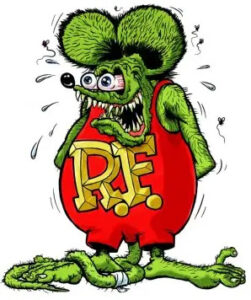
Ed “Big Daddy” Roth: Known for his iconic character “Rat Fink” and his custom cars, Ed Roth was a key figure in the Kustom Kulture movement. He played a significant role in popularizing custom car designs and is considered a legend in the hot rod and custom car scene.
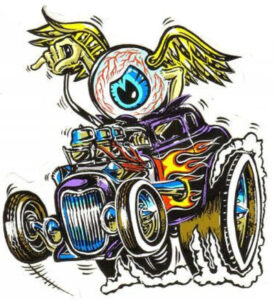
Von Dutch (Kenny Howard): Von Dutch was a versatile artist who gained recognition for his custom pinstriping and designs on motorcycles and cars. His intricate pinstriping work became highly sought after, and he played a crucial role in shaping the aesthetics of Kustom Kulture.
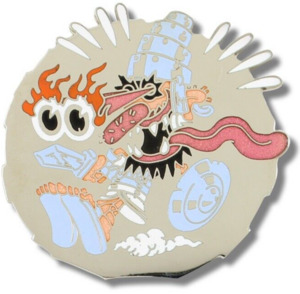
Robert Williams: A painter and the founder of Juxtapoz Art & Culture Magazine, Robert Williams has contributed to the Kustom Kulture movement through his unique and provocative paintings. His artwork often combines elements of surrealism and pop culture, making him a notable figure in the Kustom Kulture art scene.
These artists have left a lasting impact on Kustom Kulture, influencing the way custom cars, motorcycles, and related art forms are perceived and appreciated.
